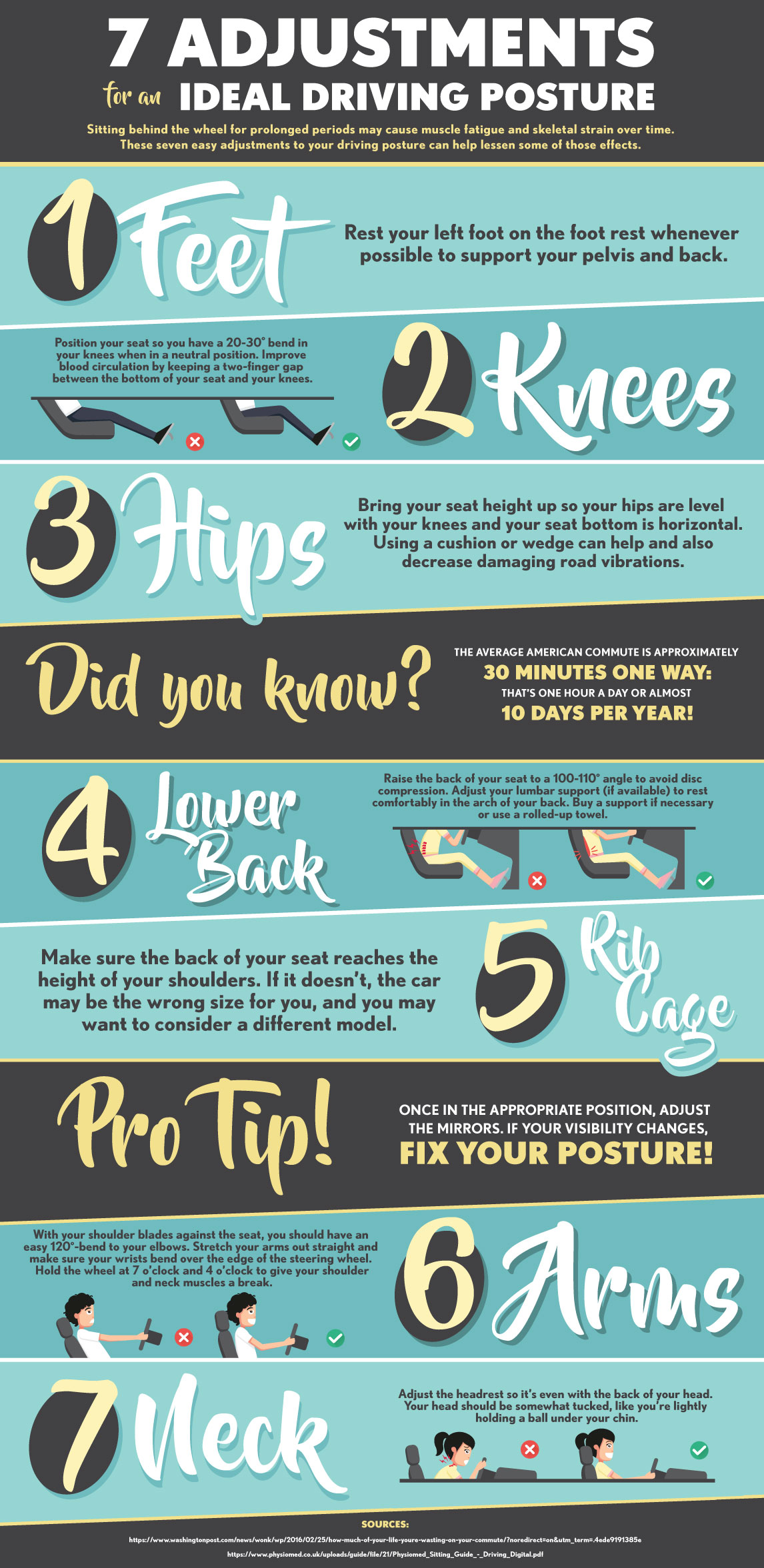Reduce Neck And Back Pain By Identifying The Everyday Habits That May Be Triggering It; Easy Tweaks Can Transform Your Lifestyle Into One That Is Pain-Free
Reduce Neck And Back Pain By Identifying The Everyday Habits That May Be Triggering It; Easy Tweaks Can Transform Your Lifestyle Into One That Is Pain-Free
Blog Article
Short Article Writer-Dyhr Vogel
Preserving appropriate stance and avoiding typical risks in everyday tasks can dramatically influence your back health. From just how you rest at your workdesk to just how you lift heavy objects, little adjustments can make a large difference. Envision a day without the nagging pain in the back that hinders your every action; the option may be easier than you think. By making a couple of tweaks to your daily practices, you could be on your way to a pain-free presence.
Poor Position and Sedentary Lifestyle
Poor pose and a less active lifestyle are 2 major contributors to back pain. When look at this web-site slouch or suspicion over while sitting or standing, you placed unneeded stress on your back muscles and back. This can lead to muscle mass discrepancies, stress, and eventually, chronic pain in the back. Additionally, sitting for long periods without breaks or physical activity can damage your back muscular tissues and result in stiffness and discomfort.
To battle inadequate pose, make a mindful effort to sit and stand up directly with your shoulders back and lined up with your ears. Keep in mind to keep your feet level on the ground and prevent crossing your legs for prolonged periods.
Incorporating just click the following article stretching and strengthening exercises into your daily routine can additionally aid improve your position and reduce back pain associated with an inactive way of life.
Incorrect Training Techniques
Inappropriate training methods can considerably contribute to back pain and injuries. When you raise heavy items, bear in mind to flex your knees and use your legs to raise, instead of depending on your back muscle mass. Avoid twisting your body while training and maintain the things near your body to decrease pressure on your back. It's critical to keep a straight back and prevent rounding your shoulders while raising to avoid unnecessary stress on your back.
Constantly assess the weight of the things prior to lifting it. If it's also hefty, request for assistance or usage equipment like a dolly or cart to transfer it securely.
Remember to take breaks during lifting tasks to offer your back muscular tissues a chance to relax and prevent overexertion. By executing proper lifting techniques, you can stop neck and back pain and decrease the threat of injuries, ensuring your back remains healthy and balanced and strong for the long-term.
Lack of Regular Exercise and Stretching
An inactive way of life devoid of routine workout and extending can substantially contribute to pain in the back and discomfort. When you do not engage in exercise, your muscles end up being weak and stringent, leading to inadequate posture and increased stress on your back. Regular workout helps enhance the muscles that support your spine, enhancing security and decreasing the danger of pain in the back. Incorporating extending into your regimen can also improve adaptability, stopping rigidity and pain in your back muscles.
To stay clear of back pain caused by a lack of exercise and extending, go for at the very least half an hour of modest exercise most days of the week. Include workouts that target your core muscle mass, as a strong core can aid ease pressure on your back.
In addition, take breaks to stretch and relocate throughout the day, especially if you have a desk task. Simple stretches like touching your toes or doing shoulder rolls can help alleviate tension and avoid neck and back pain. Prioritizing normal workout and stretching can go a long way in keeping a healthy and balanced back and minimizing discomfort.
Verdict
So, remember to stay up right, lift with your legs, and stay active to prevent pain in the back. By making simple adjustments to your daily practices, you can stay clear of the discomfort and constraints that come with pain in the back. Look after your back and muscles by practicing great posture, correct lifting strategies, and regular exercise. over here will certainly thanks for it!
